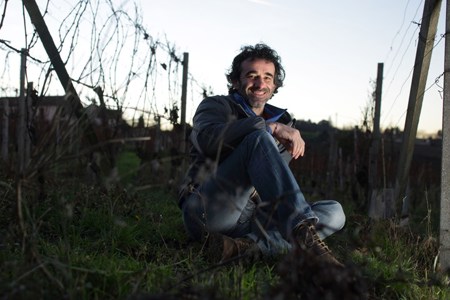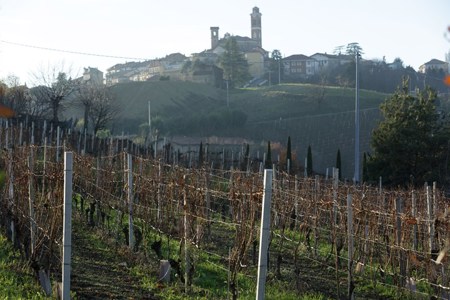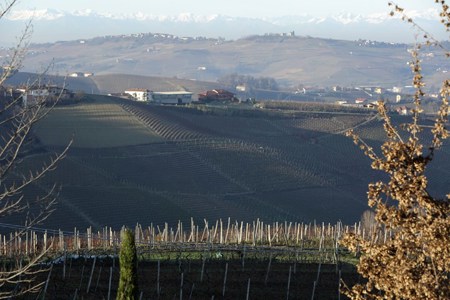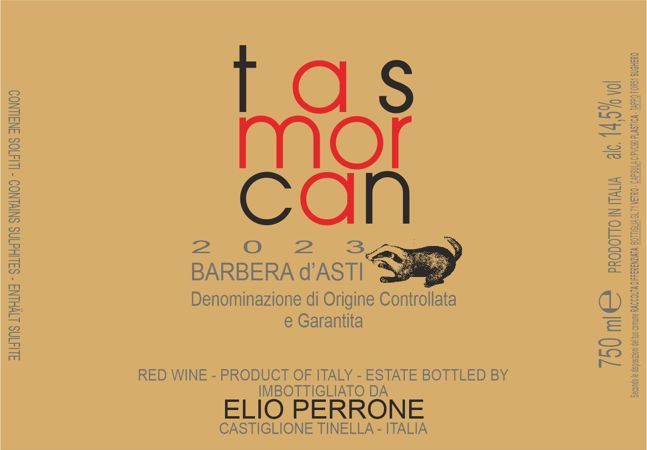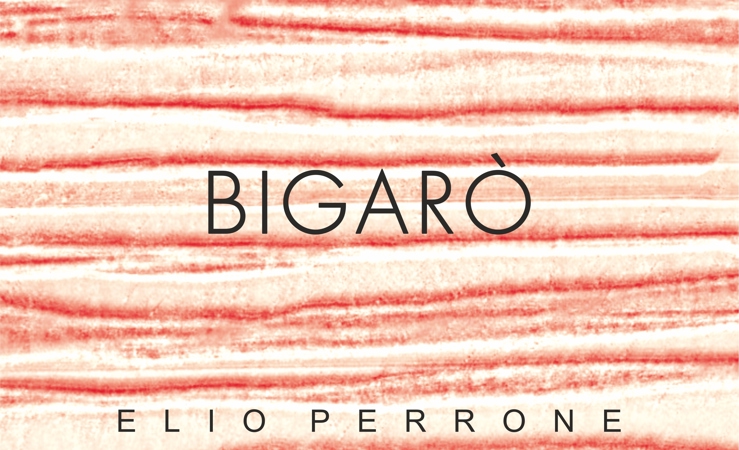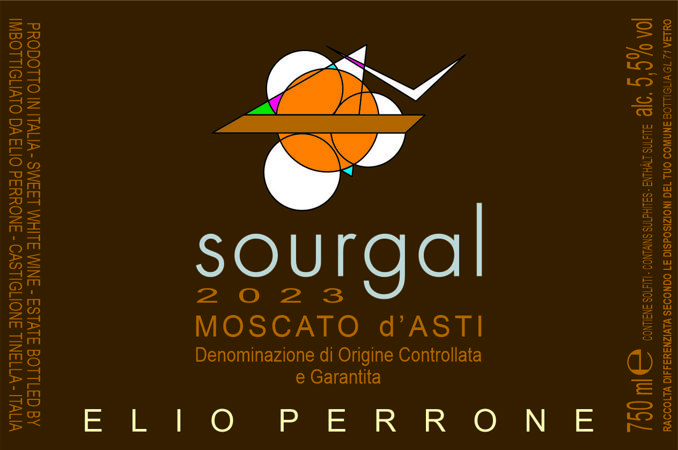Elio Perrone
Overview
After injury abbreviated his motorcycle racing career in the 1990s, Stefano Perrone turned to winemaking at his father’s estate in the heart of Asti zone.
Despite working in a region overrun with commercial wines, Stefano’s competitive spirit drove him to make artisanal, best-in-class wines.
Focusing on cooler sites, Stefano renders ethereal and beguilingly aromatic wines from Moscato and Barbera in a distinctive Asti style.

Elio Perrone Gallery
As a summer sipper, Moscato is without peers. And with more Americans discovering its extraordinary lusciousness, vivid fruit, soft mousse and captivating perfume, it is no surprise that the following for Moscato d’Asti has grown dramatically.
Ambrosial with the classic pairing of melon and prosciutto, it is a versatile aperitif wine that’s perfect with orchard fruits (especially if the fruit has been steeped in Moscato beforehand!) and various amuse-bouche. It is also superb after dinner on its own or with a light dessert.
Not as Easy as It Looks
Yet because of its delicacy and its dependence on perfect balance, only a few producers have mastered the craft of great Moscato. One of them is Stefano Perrone who has quietly built a reputation as one of the region’s masters.
“When I want to drink Moscato, two names tower above the rest; Perrone and Saracco.”
- Antonio Galloni, Vinous Media
Stefano Perrone is descended from a long line of grape growers in Castiglione Tinella, the heart of Asti. He was an avid motocross racer, and eventually turned professional until an accident forced the end of that career. In his late-20s, he returned to the family vineyards and took up work with his father.
Stefano’s competitive edge drove him to wonder what more could be achieved with the family estate. He convinced his father to start making their own wine instead of selling grapes. And that energy drove him to make those wines ever better.
He began by pursuing lower yields and eliminating artificial fertilizers and pesticides in his vineyards. He focused on harvesting at just the right moment, always seeking to achieve greater freshness and balance in his wines.
Early on, he recognized that sweetness was easy to achieve in Moscato, but that balance and energy were the wine’s great challenge. He says that “Moscato should have the strength of a ballerina, and not a body builder,” and every step he takes is intended to yield that ideal.
With time, Stefano’s Moscato d’Asti “Sourgal” became one of the appellation’s premier wines, and yet he continued to seek out new challenges. An experiment with Brachetto proved unsatisfying, but it provoked Stefano to create his second great success, “Bigaro.”
Bigaro was an innovative blend of Brachetto and Moscato made in the Moscato d’Asti style. Made in Stefano’s elegant style, the wine quickly found a wide audience of its own.
Barbera and Beyond
While he was experimenting with Brachetto, Stefano also recognized that the Asti zone possessed many old Barbera vineyards. He purchased a spectacular south-facing site called Mongovone in Isola d’Asti, blessed with many vines approaching 100 years of age.
The oldest vines were set aside for an intense, limited-production Barbera that Stefano named Mongovone. But as large portions of the site required replanting, the new vines formed the basis for Stefano’s next triumph, Tasmorcan, highlighting Asti Barbera’s approachability and aromatic brilliance. (The name Tasmorcan is Piemontese dialect for its local badgers, who had an appetite for some of those early plantings.)
Our faith in Stefano has been rewarded by an unbroken string of sensational wines since we began working with him in 1995. His work has helped change how Americans view the Asti region’s sparkling wines for the better. Whether it’s another Moscato, Barbera, or something entirely new, we can hardly wait to see what marvels emerge from his cellar in the decades to come.
Background
Stefano Perrone is a former motorcycle racer who took over his father’s Moscato estate in1989. Many of Perrone’s Moscato vineyards are northwest-facing. He believes that ripeness is easy to achieve, if yields are kept reasonable. His vineyards cool down faster in the evening, and retain more acidity and “freshness.” In the vineyards, Stefano aims for the least intervention possible, and eschews artificial fertilizers, insecicides, and herbicides. Over time, he has added some of the Asti zones’ finest Barbera vineyards to his Moscato holidings. All harvesting is by hand.
- Established: The family has farmed Moscato here since the 1850s, but the first vintage in bottle was 1989.
- Winemaker/Proprietor: Stefano Perrone
- Appellation: Asti
- Soils: Lime-rich clays, primarily on steep hillside.
